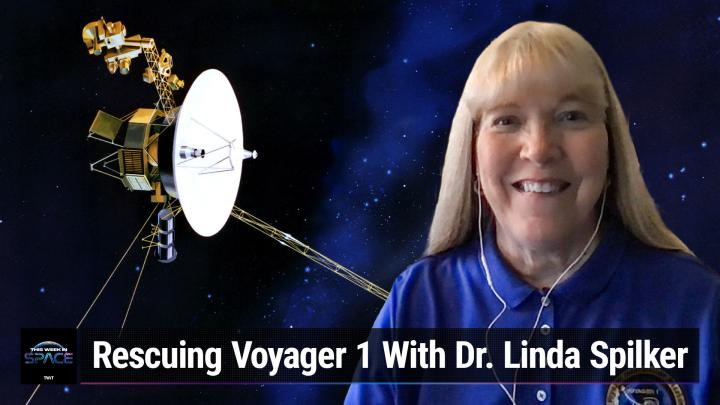Voyager's Interstellar Odyssey: Insights from Project Scientist Linda Spilker
AI-created, human-edited.
In a recent episode of This Week in Space, hosts Rod Pyle and Tariq Malik interviewed Dr. Linda Spilker, Voyager Project Scientist at NASA's Jet Propulsion Laboratory. Dr. Spilker shared her experiences working on the Voyager mission, from its early days exploring the outer solar system to its current ventures in interstellar space.
Dr. Spilker joined the Voyager mission in 1977, the same year the twin spacecraft launched on their Grand Tour of the solar system. She participated in the mission during the flybys of Jupiter, Saturn, Uranus, and Neptune, witnessing the many discoveries that transformed our understanding of these distant worlds and their moons. "Voyager gave us a chance to get close-up views of these moons so that they became worlds in their own right," Dr. Spilker noted, highlighting the mission's impact on our knowledge of the outer solar system.
As the Voyager spacecraft crossed the heliopause and entered interstellar space, they began making unprecedented measurements of the environment beyond our solar system. "We're the first spacecraft ever to make direct measurements of the interstellar medium," Dr. Spilker explained, emphasizing the significance of Voyager's current mission. "Things such as what's the cosmic ray abundance, what's the composition of the cosmic rays out there, because the heliopause is a very good shield, shields us from about 70% of the cosmic rays."
Dr. Spilker also discussed the challenges faced by the Voyager mission, including the recent glitch that temporarily disrupted communication with Voyager 1. "One day we have good science data, good engineering data coming back. The next day, all of a sudden, we just hear essentially a tone," she recalled. "And so that's what you started with to try and fix Voyager 1." Thanks to the expertise and dedication of the mission team, communication with the spacecraft was restored, ensuring that it could continue its groundbreaking work.
Looking ahead, Dr. Spilker expressed interest in further exploration of the outer solar system. "For the outer solar system, I think trying to understand the two ice giants, Uranus and Neptune, would be at the top of my list," she stated. "They have incredible moons and ring systems of their own, and so they're systems in their own right."
As the Voyager mission approaches its 50th anniversary, Dr. Spilker's interview underscores the enduring legacy of these remarkable spacecraft and the dedicated team behind them. "It's really a tribute to Voyager the longevity not only of the spacecraft, but of the people on the team as well," she reflected, highlighting the human element that has been crucial to the mission's success.
